Humans of Harker: Tanvi Singh embraces “non-judgmentalness”
Sydney Takemoto
“I used to be one of those kids who always thought it would be super embarrassing to dance in front of others and would just kind of awkwardly stand to the side with the other big kids while all the uncles and aunties and little kids would dance at the big Indian parties to which all the families I am really close with would be invited,” Tanvi Singh (12) said. “But then last year, I thought to myself, ‘Okay, Tanvi, this is really stupid. You know you want to dance: you’re always tapping your foot or nodding your head to the beat when you stand on the side. Just do it.’ So I did, and it felt amazing just dancing with absolutely no inhibitions. Everyone was shocked. And once the party was over and everyone started leaving, almost everyone came up to me and said something along the lines of, ‘You’re an amazing dancer, bheta. I didn’t know you had it in you.’ And it wasn’t because I pulled off ten pirouettes in a row or did a triple backflip or anything. In fact, I’m pretty sure my moves were pretty basic. I think it’s because I brought a lot of energy to the dance floor. When the adults dance they usually just clap in a circle and move a little or half-heartedly do the standard pick-the-nose move and when the little kids dance they usually just swing their arms around. So someone dancing their non-existent tail off was pretty unprecedented.”
April 8, 2018
“Indian parties are such wonderfully chaotic affairs,” Tanvi Singh (12) began. “The sound of pooris boiling and aunties laughing in the kitchen mixes with the screams of colorfully dressed children chasing each other around during hide-and-seek tag. The older kids start blasting rap music while playing cards, and the uncles light vibrant fireworks and scintillating sparklers, drawing all the youngsters outside and adding to the din. Their energy is infectious, and I can’t help the large smile that spreads across my face.”
And so, surrounded by her culture, close family friends and a dash of self-doubt, Tanvi stepped out of her traditionally quiet demeanor and straight onto the dance floor.
“I used to be one of those kids who always thought it would be super embarrassing to dance in front of others and would just kind of awkwardly stand to the side with the other big kids while all the uncles and aunties and little kids would dance at the big Indian parties to which all the families I am really close with would be invited,” she said. “But then last year, I thought to myself, ‘Okay, Tanvi, this is really stupid. You know you want to dance: you’re always tapping your foot or nodding your head to the beat when you stand on the side. Just do it.’”
And when she finally did, her enthusiasm astonished her family members.
“It felt amazing just dancing with absolutely no inhibitions,” she said. “Everyone was shocked. And once the party was over and everyone started leaving, almost everyone came up to me and said something along the lines of, ‘You’re an amazing dancer, bheta. I didn’t know you had it in you.’ And it wasn’t because I pulled off ten pirouettes in a row or did a triple backflip or anything. In fact, I’m pretty sure my moves were pretty basic. I think it’s because I brought a lot of energy to the dance floor. When the adults dance they usually just clap in a circle and move a little or half-heartedly do the standard pick-the-nose move and when the little kids dance they usually just swing their arms around. So someone dancing their non-existent tail off was pretty unprecedented.”
Her dance moves from Indian parties translated to prom, an event that established Tanvi’s reputation in the minds of her friends.
“One of my friends, Aliesa [Bahri (12)], even jokingly told another one of my friends, Liana [Wang (12)] — who has won multiple national awards for dancing — ‘I don’t care, Tanvi was the best dancer there. Even better than you. She’s like the stereotypical Indian uncle you see in all the Bollywood movies.’ Then my other friend, Maya [Kumar (12)], added on saying, ‘Yeah, your dancing was really something. It was… what do you call it? Oh, it was lit.’ I’ll admit being told I was better than a nationally ranked dancer and that I was ‘lit’ by someone who only usually uses highfalutin language made me feel flattered. Once again, it’s not that I have amazing dance moves but that I bring a lot energy and enthusiasm, and that really surprises everyone in a good way since no one ever expects a chill person like me to be the life of the party.”
Tanvi values what she calls “non-judgmentalness” in friends more than any other quality.
“I sing along to my car’s blasting radio, warble into my detachable shower-head when bathing after soccer practice and belt out Adele songs when home alone even though the neighbors can probably hear my tone-deaf screeching if they make the unfortunate decision to leave their windows open,” she said. “Sometimes, my brother and I join forces and burst into song at the dinner table using our plates and forks as makeshift drum sets and replacing all lyrics with whatever we want. Some of our really close family friends have witnessed our unusual singing and usually stare at us for a solid five seconds, like we’ve grown extra heads or something. It’s fun.”
Aliesa called Tanvi the “perfect mix of laid back, outgoing, grounded, compassionate, self-aware and open-minded.”
“I believe Tanvi has a rare quality among high schoolers: a sense of perspective,” Aliesa said. “She understands the true value of following her passions, spending time with loved ones, and practicing self care. She’s not the type to let fear interfere with pursuing what the things that truly matter in life. My theory is that she doesn’t have to worry about whether a certain activity or event will be fun, because she has this amazing ability to make the best of every circumstance. She just has a very positive influence on everyone.”
So when Aliesa “dragged” Tanvi to FEM Club and Diversity Club meetings sophomore year, Tanvi approached the issues with an open mind.
“I started reading up a lot about sexism and diversity issues in my own spare time and have learned a lot over the last two years about discrimination against women in the workplace, police brutality against African Americans, and intersectionality — discrimination against people of color even in groups fighting for gender equality,” Tanvi said.
Using her knowledge and interest in race and diversity as inspiration, Tanvi expressed themes of equality into her artwork.
“In English class, we read a book called The Bluest Eye, which focused on the concept of colorism — the privileging of lighter-skinned individuals over darker-skinned ones even within a certain race or culture—and how it affected a young black girl’s sense of beauty and self-worth,” she said. “For our last Graphics Arts project, we had to use photos and text together to convey a message, and I took it as a chance to prove to people that skin color had no effect on how beautiful an individual is.”
As Tanvi’s interests in colorism and equality grew, she became committed to activism, even leading a Diversity Club discussion on colorism with Aliesa at the end of junior year.
“She doesn’t sacrifice her values or maintain false pretenses to ingratiate herself with other people, nor does she let stressful or competitive atmospheres blind her from her own personal truths,” Aliesa said. “She knows who she is and what she believes in, and doesn’t hesitate to advocate for her own convictions. I believe that determination and sincerity are her best strengths.”
Jacqueline He (12), her friend since the beginning of high school, said that being a “good human person” was ingrained into her character.
“She goes out of her way to help out people,” Jacqueline said. “Even if helping isn’t really to her benefit, she still does it. I’ve watched her grow a lot. I watched her confidence in herself grow over the years. I’ve seen her really understand herself as a person, which is really inspirational.”































![Setter Emma Lee (9) sets the ball to the middle during the match against Pinewood on Sept. 12. “[I’m looking forward to] getting more skilled, learning more about my position and also becoming better friends with all of my teammates, Emma said.](https://harkeraquila.com/wp-content/uploads/2023/09/DSC_4917-2-1200x795.jpg)








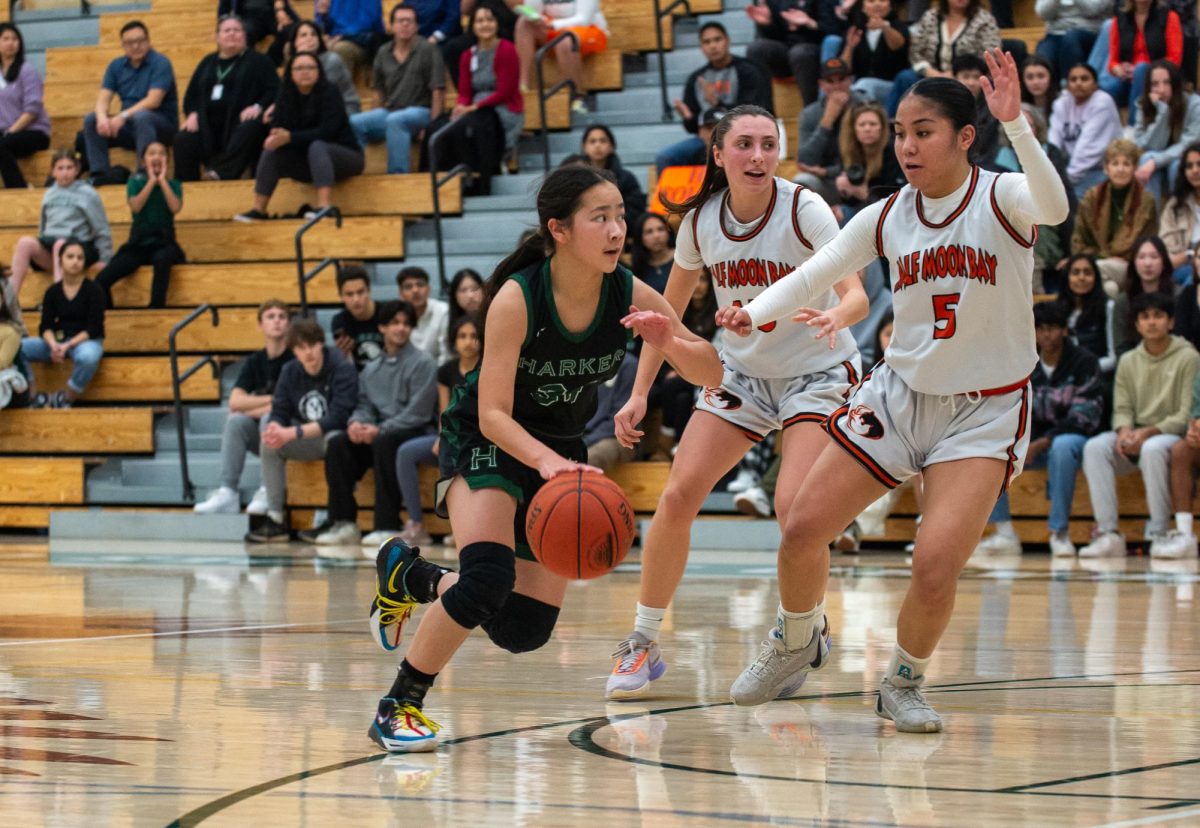
























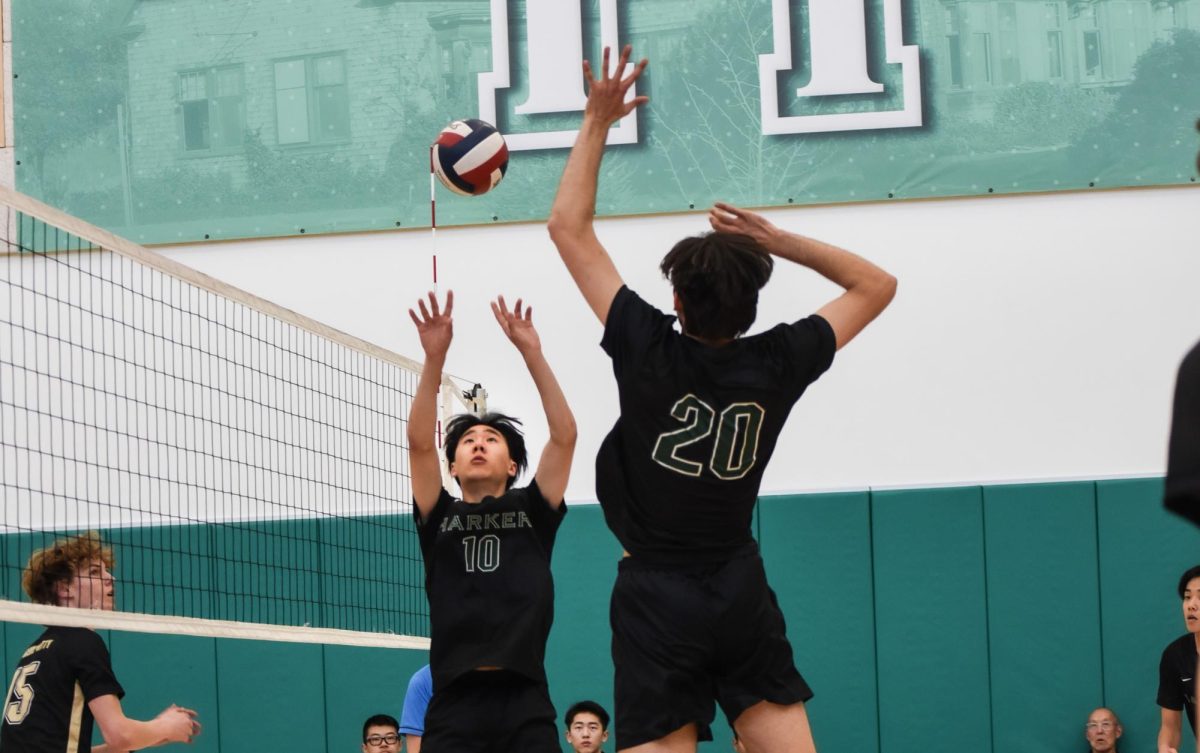
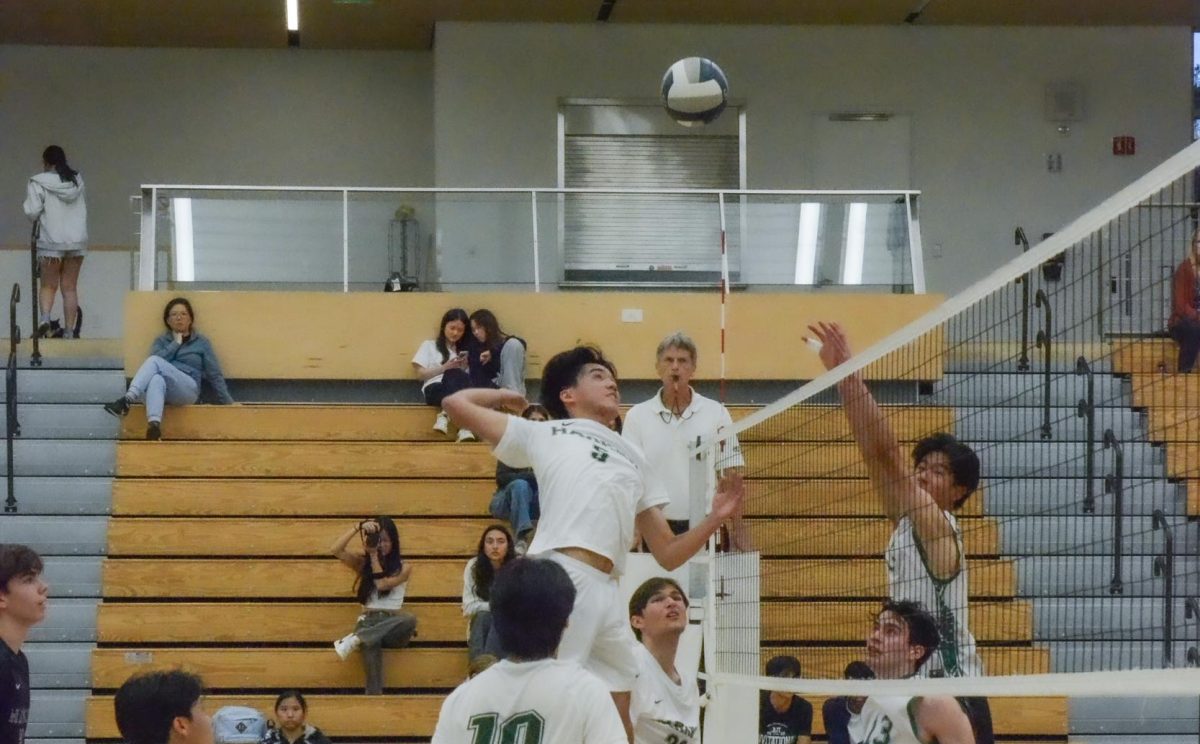

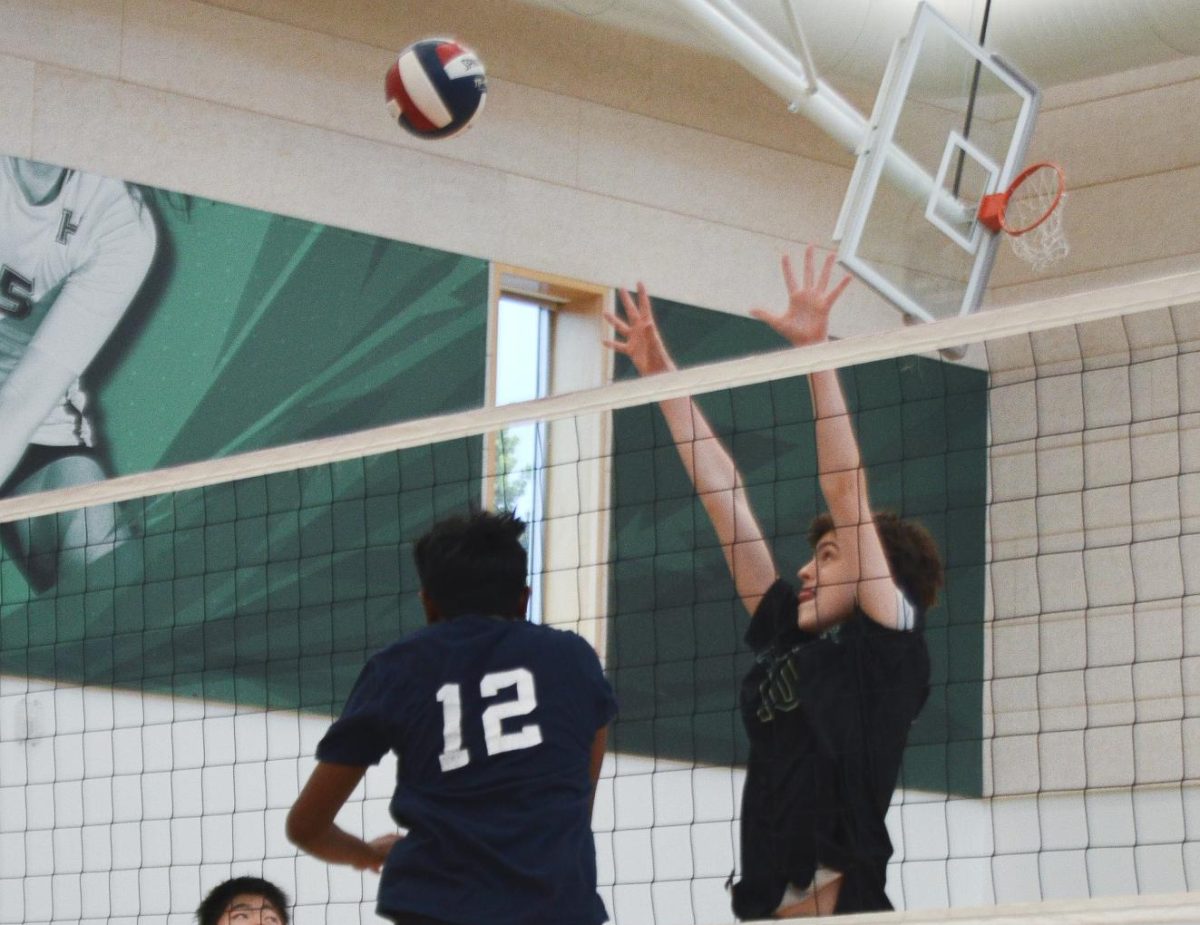



























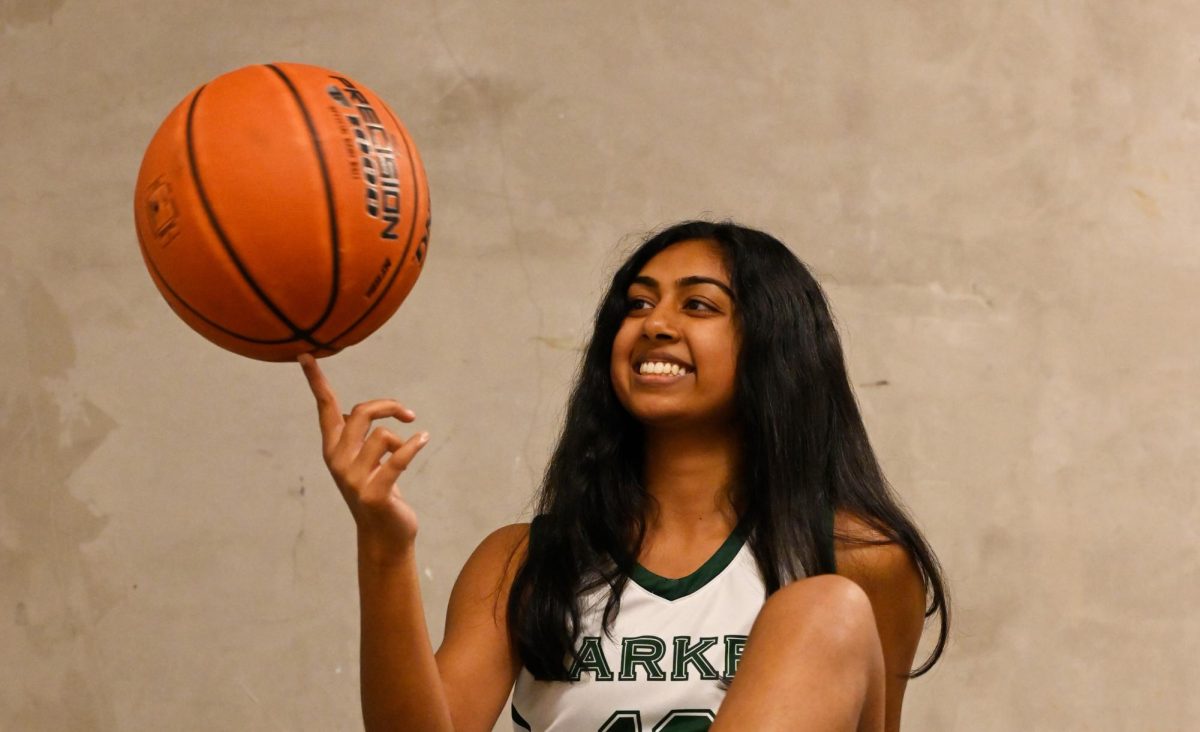


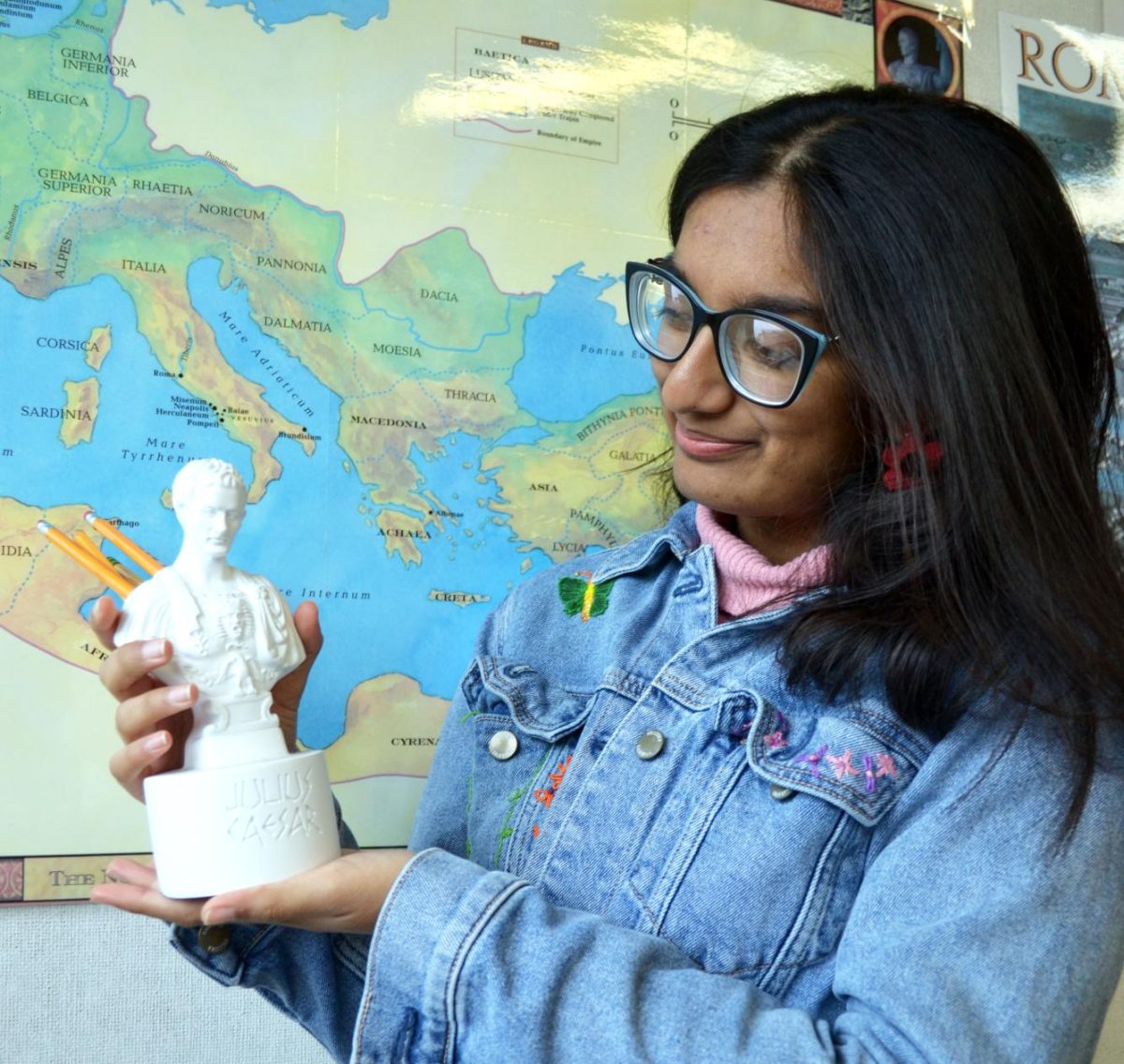
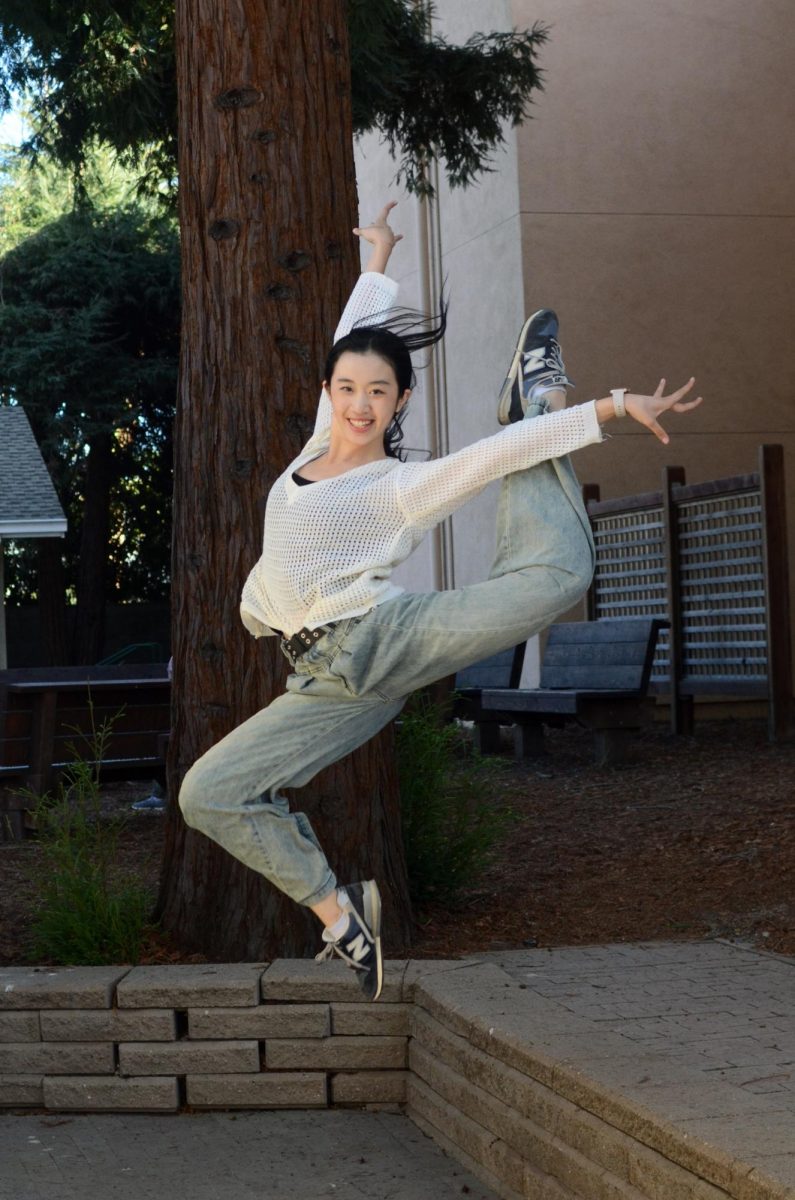
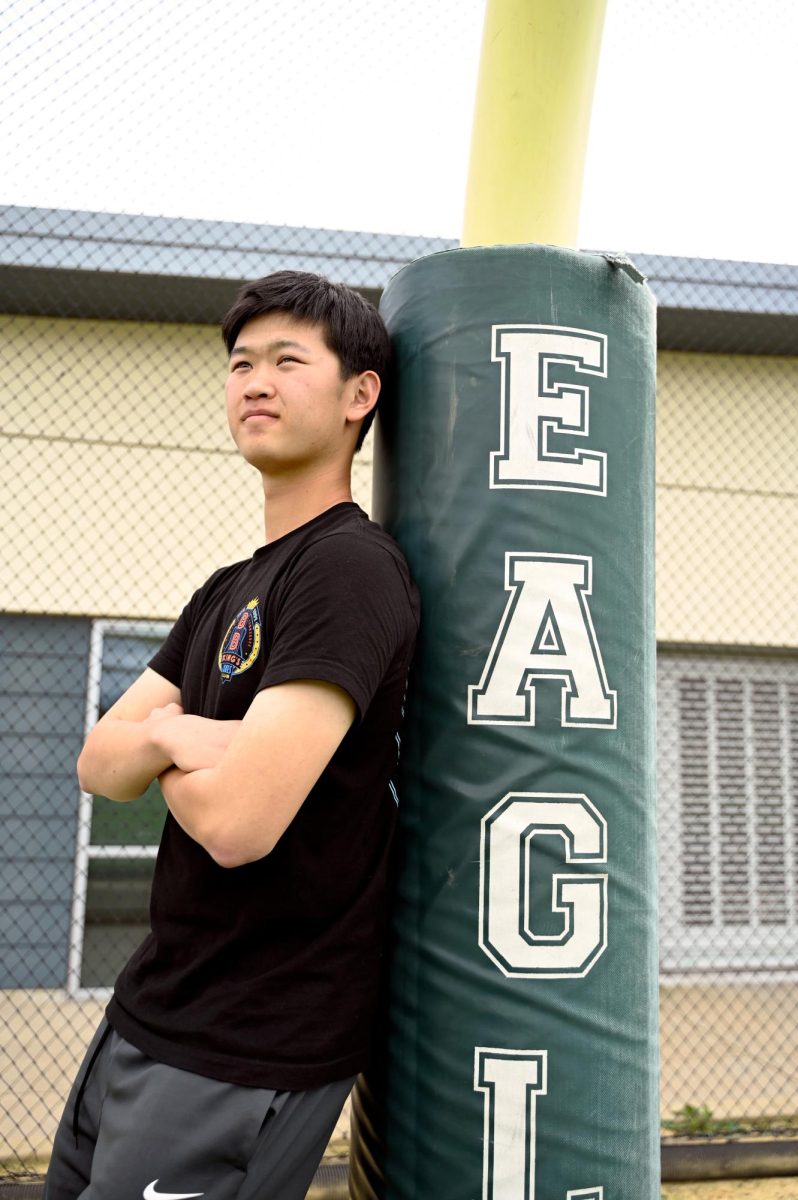








![“[Building nerf blasters] became this outlet of creativity for me that hasnt been matched by anything else. The process [of] making a build complete to your desire is such a painstakingly difficult process, but Ive had to learn from [the skills needed from] soldering to proper painting. Theres so many different options for everything, if you think about it, it exists. The best part is [that] if it doesnt exist, you can build it yourself, Ishaan Parate said.](https://harkeraquila.com/wp-content/uploads/2022/08/DSC_8149-900x604.jpg)


![“Animation just clicked in a way. I had been interested in art, but that felt different. [Animation] felt like it had something behind it, whereas previous things felt surface level. I wasnt making that crazy of things, but just the process of doing it was much more enjoyable, Carter Chadwick (22) said.](https://harkeraquila.com/wp-content/uploads/2022/08/Screen-Shot-2022-08-16-at-9.44.08-AM-900x598.png)


![“When I came into high school, I was ready to be a follower. But DECA was a game changer for me. It helped me overcome my fear of public speaking, and its played such a major role in who Ive become today. To be able to successfully lead a chapter of 150 students, an officer team and be one of the upperclassmen I once really admired is something Im [really] proud of,” Anvitha Tummala (21) said.](https://harkeraquila.com/wp-content/uploads/2021/07/Screen-Shot-2021-07-25-at-9.50.05-AM-900x594.png)



![“[Volleyball has] taught me how to fall correctly, and another thing it taught is that you don’t have to be the best at something to be good at it. If you just hit the ball in a smart way, then it still scores points and you’re good at it. You could be a background player and still make a much bigger impact on the team than you would think,” Anya Gert (’20) said.](https://harkeraquila.com/wp-content/uploads/2020/06/AnnaGert_JinTuan_HoHPhotoEdited-600x900.jpeg)

![“Im not nearly there yet, but [my confidence has] definitely been getting better since I was pretty shy and timid coming into Harker my freshman year. I know that theres a lot of people that are really confident in what they do, and I really admire them. Everyones so driven and that has really pushed me to kind of try to find my own place in high school and be more confident,” Alyssa Huang (’20) said.](https://harkeraquila.com/wp-content/uploads/2020/06/AlyssaHuang_EmilyChen_HoHPhoto-900x749.jpeg)













![“My slogan is ‘slow feet, don’t eat, and I’m hungry.’ You need to run fast to get where you are–you arent going to get those championships if you arent fast,” Angel Cervantes (12) said. “I want to do well in school on my tests and in track and win championships for my team. I live by that, [and] I can do that anywhere: in the classroom or on the field.”](https://harkeraquila.com/wp-content/uploads/2018/06/DSC5146-900x601.jpg)

![“I think getting up in the morning and having a sense of purpose [is exciting]. I think without a certain amount of drive, life is kind of obsolete and mundane, and I think having that every single day is what makes each day unique and kind of makes life exciting,” Neymika Jain (12) said.](https://harkeraquila.com/wp-content/uploads/2017/06/Screen-Shot-2017-06-03-at-4.54.16-PM.png)







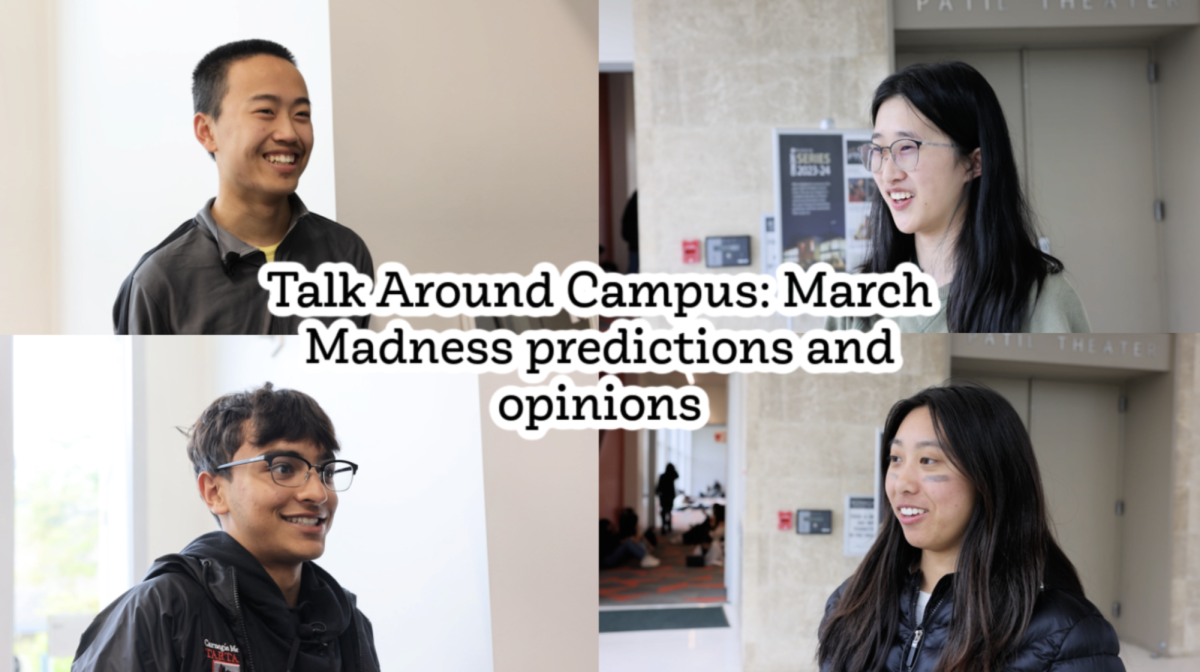


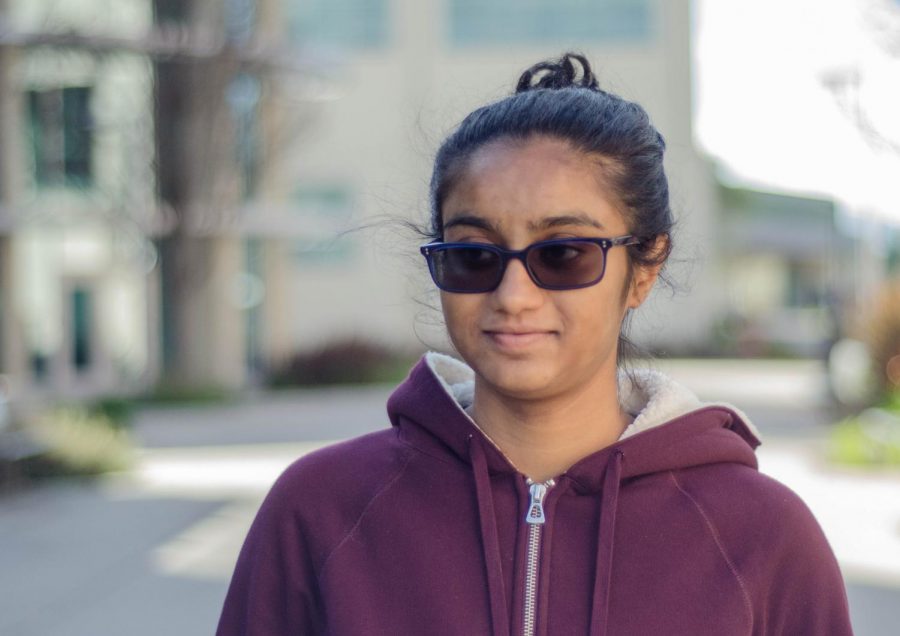

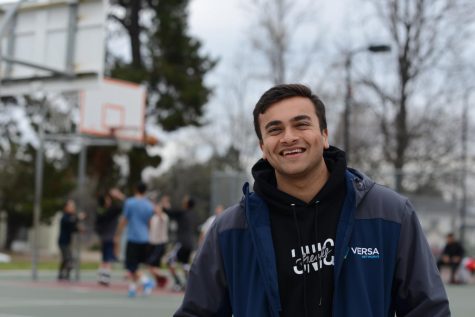
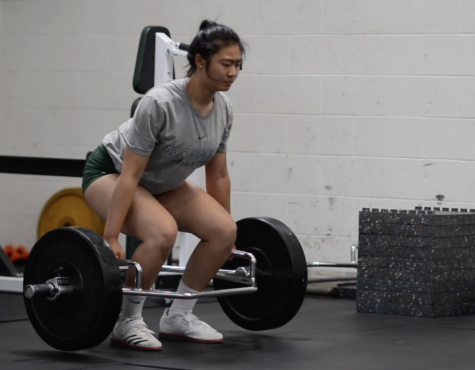

![“My slogan is ‘slow feet, don’t eat, and I’m hungry.’ You need to run fast to get where you are–you arent going to get those championships if you arent fast,” Angel Cervantes (12) said. “I want to do well in school on my tests and in track and win championships for my team. I live by that, [and] I can do that anywhere: in the classroom or on the field.”](https://harkeraquila.com/wp-content/uploads/2018/06/DSC5146-475x317.jpg)

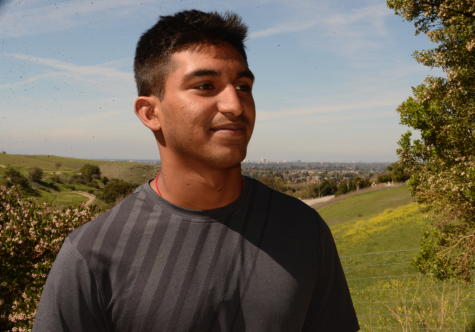

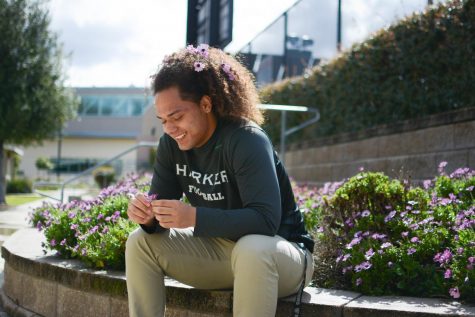
![“Most of our entire friend group played basketball in middle school,” Akshaya Vemuri (12) said. “And on one bus ride, we wanted to come up with names for each other that were related to a family. Everyone has their unique identity in the group, and we kind of use their nickname to identify them. [Meena Gudapati (12)] was just writing down a ton of nicknames for me, and she started calling me ‘Akla’ after ‘baklava’ and just shortened it.”](https://harkeraquila.com/wp-content/uploads/2018/06/AkshayaVemuri-MK-475x340.jpg)